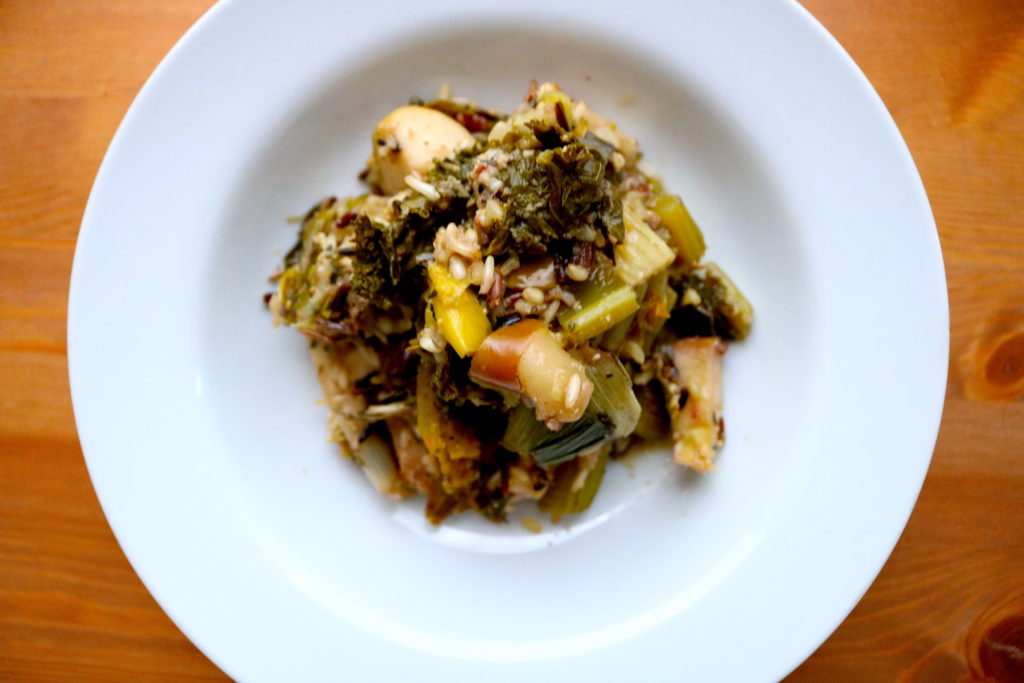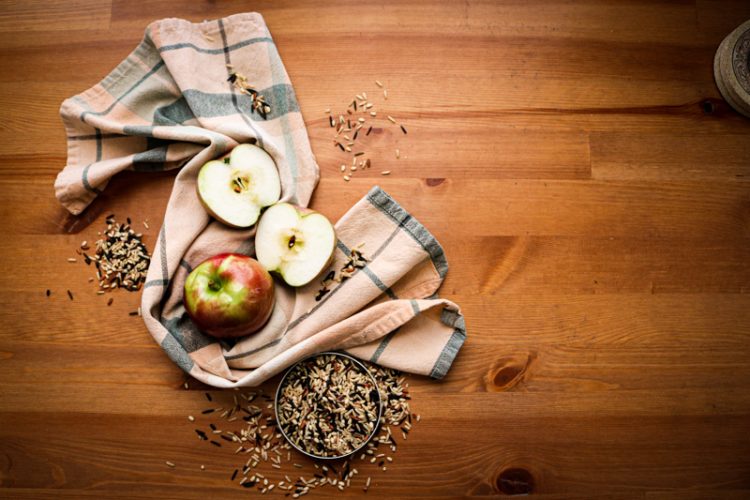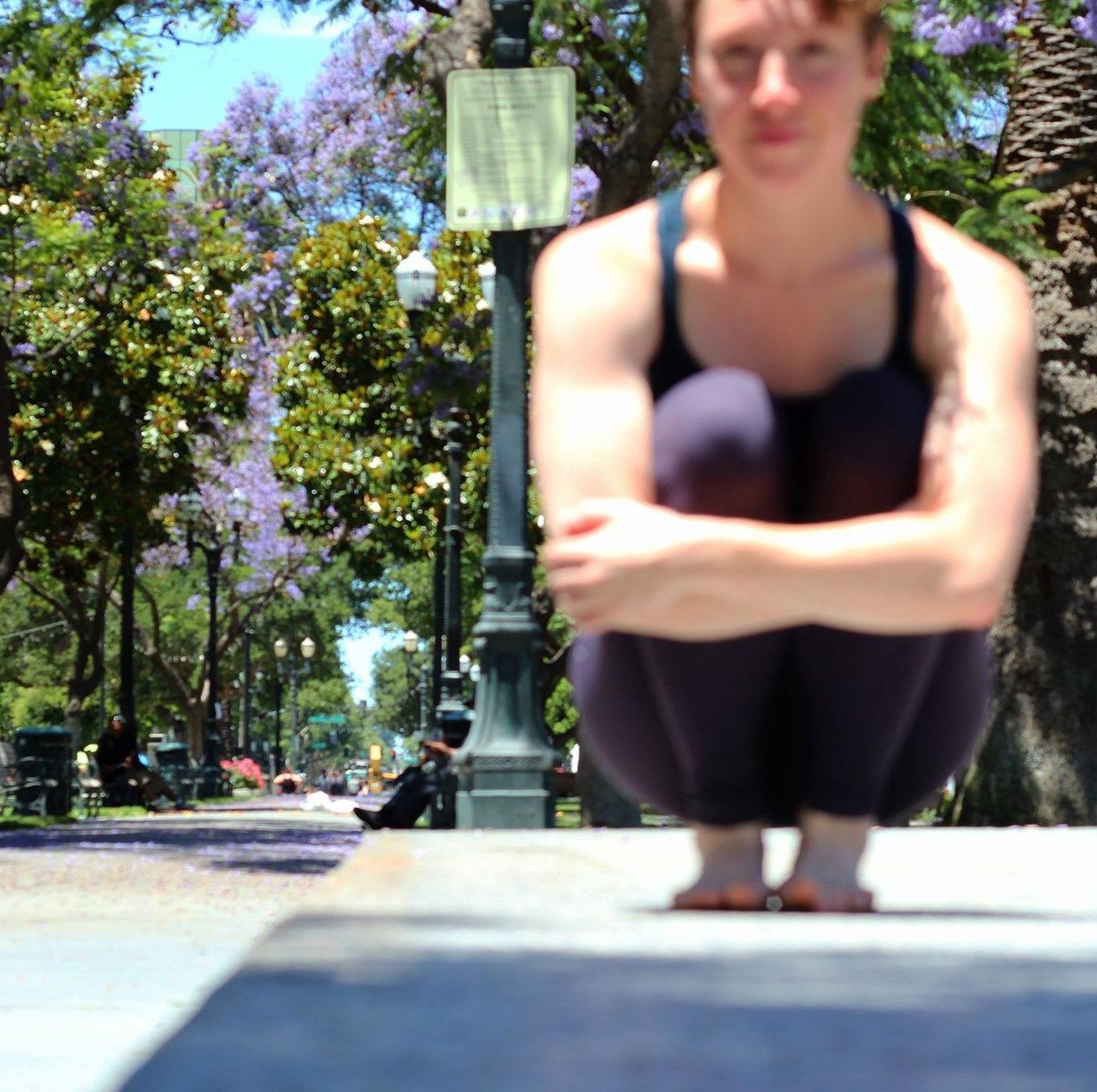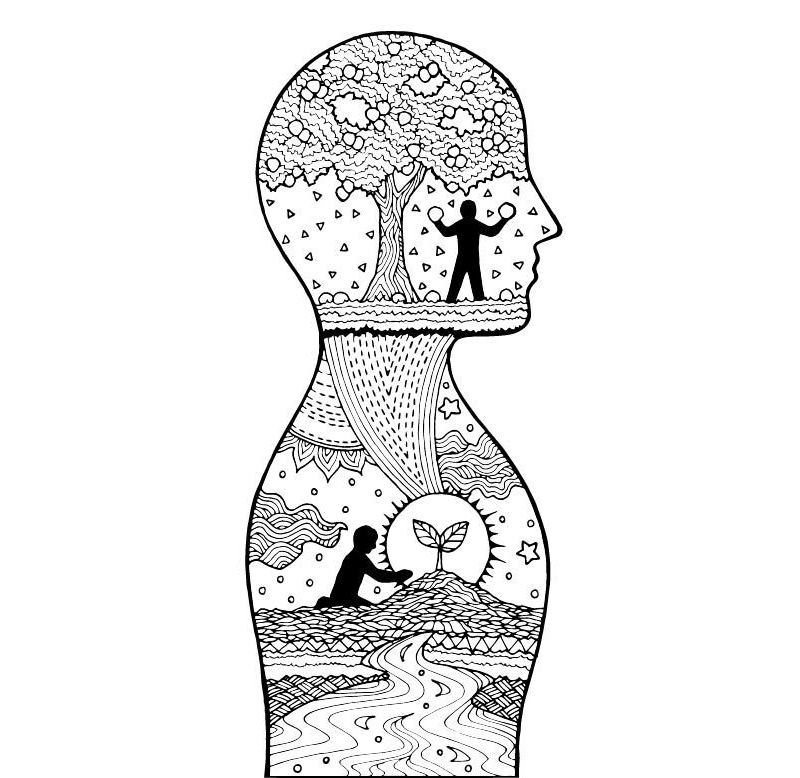According to Ayurveda, the ancient holistic medical science with roots in India, as fall weather brings cold, dry, and unstable qualities to the literal air around us, vata can become imbalanced – an excess of the air and ether (space) elements that arrive this time of year anyway. Ayurveda believes that we humans are parts of nature, so what’s going on outside of us – atmospheric climate – will inevitably affect how we feel inside. Most people are likely feeling the effects of vata, some of which include dryness, constipation, irregular appetite/digestion, trouble sleeping, lack of concentration, fear, and anxiety.
The seasonal ritual of gathering together around an abundant table is in and of itself one way to balance vata, and sharing rich, satisfying foods will enhance those qualities. We will need to take care to nourish our bodies, minds, and spirits as we gather at our tables with loved ones.
This stuffing brims with flavors and aromas that evoke a connection to both our human and non-human kin – the kind of grounding and comforting qualities that are best for mitigating vata dosha. Musky thyme and rosemary spike the tongue with forest vibrations, while bright and juicy seasonal produce stimulate and satiate the juice, or rasa, that fall’s winds threaten to dry up. With a variety of textures in each toothsome bite, each scoop of this stuffing will anchor you to the experience of the present moment—the ritual and miraculous transformation that is eating, one of the most humbling gifts for which we give thanks.

Wild Rice Stuffing with Apple, Kale, and Leek Recipe
Prep time: 10 minutes
Cook time: 1 hour, 10 minutes
Serves: 6 to 8
Ingredients
- 1 tbsp olive oil
- 1 cup wild rice, rinsed
- 3 tsp dried thyme
- 3 tsp dried rosemary
- 1 large leek (4 cups)
- 3-4 celery stalks, chopped
- 3 tbsp flax meal
- 3 tbsp almond meal
- 1 small bunch kale, chopped into small pieces and stems removed (3 cups)
- 3 red apples, chopped
- 3 tbsp raisins or dried cranberries (optional)
- 10 whole cloves
- 1½-2 cups vegetable stock
- freshly ground black pepper
Directions
- Preheat the oven to 350ºF.
- Warm the oil in a large skillet over medium heat. Add the rice, stir to coat in the oil, and let toast on low heat for 2 to 3 minutes. Add the thyme and rosemary, and cook until the herbs are fragrant, about 2 minutes. Add the leek and celery, stir to combine, cover the pan, and cook until the vegetables are tender, about 15 minutes.
- In a large bowl, combine the flax and ⅓ cup warm water. Set aside for about 5 minutes, until thickened, then add the almond meal and 1 cup of the broth. Mix well.
- Add the rice, leek, and celery mixture to the bowl with the flax. Stir to combine. Then add the kale, apples, and raisins. Season liberally with the pepper, and sprinkle in the cloves. Stir to combine.
- Transfer the mixture to an 8-inch square baking pan. Add another ½ cup of the broth to the pan. Cover the pan with aluminum foil, and bake for 35 minutes.
- Remove the pan from the oven and raise the heat to 400 degrees. Stir the stuffing; if it is drying out, add another ½ cup broth. Return the pan to the oven, without foil, and cook for another 10 to 20 minutes, or until the top is brown and most of the liquid has been absorbed.
- Let set for about 15 minutes before serving. Store leftovers in an airtight container in the refrigerator for up to 1 week, or in the freezer for 3 months.














